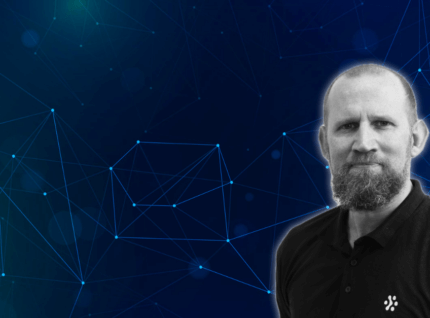Cloud Dependence and the Cost of Downtime
The AWS outage showed the real cost of downtime. Discover how ITAA helps organisations review SaaS contracts, manage vendor risk, and build resilience. Learn more.
The recent global internet outage, triggered by an Amazon Web Services (AWS) disruption, exposed just how dependent modern enterprises have become on a small handful of cloud providers. From banks and retailers to public services and logistics networks, the ripple effect was instant and costly.
For many organisations, this wasn’t just a connectivity issue, it was a reminder that operational resilience is now a strategic imperative.
1. Outages Reveal Hidden Commercial Risk
When core systems go offline, the first question isn’t only “when will it be back up?” but “what does this cost us?”
Cloud outages have financial, contractual, and compliance implications. SLAs may not cover consequential losses, and software licensing terms often overlook outage scenarios. For example, if your ERP or analytics platform runs on a cloud tenant that goes dark, are you still liable for the full licence fee? Are support credits or refunds clearly defined?
ITAA’s commercial and licensing teams often find these gaps buried in master agreements and when outages happen, those gaps become very expensive.
2. Vendor Dependency Is Growing
Cloud consolidation has created unseen single points of failure. Many organisations believe multi-region redundancy equals safety, but true resilience requires more than infrastructure duplication, it requires commercial and contractual diversification.
Without exit clauses, portability provisions, or negotiated service guarantees, even the most sophisticated cloud environments can become compliance and cost traps.
3. Reviewing SaaS Contracts Through a Commercial Lens
At ITAA, we don’t just look at technology, we look at the contracts and commercial terms that underpin it.
Our consultants review SaaS and cloud agreements through a business and procurement perspective, focusing on cost, compliance, and continuity. This includes:
- Pricing, renewals, and cost-escalation mechanisms
- SLAs and service-credit models
- Termination rights, portability, and exit planning
- Usage and licence optimisation opportunities
- Risk allocation and supplier accountability
We don’t replace legal advice, but we ensure clients understand the commercial realities of their vendor relationships and the leverage points available when those relationships are tested.
4. Contract Resilience Is Business Resilience
When ITAA helps clients evaluate cloud or SaaS deals, we test the resilience of the agreement itself:
- Does it protect the business in a disruption?
- Can workloads and licences move freely between providers?
- Are SLAs measurable and enforceable?
- Are vendor escalation processes transparent and effective?
These are not just technical questions, but also commercial ones that determine how well an organisation can recover when something outside its control happens.
5. Cloud Diversity: Spreading the Risk
For years, many organisations have placed all their trust and their workloads in a single cloud provider. It was convenient, often cost-effective, and aligned with vendor incentives.
However, as the AWS outage showed, reliance on one provider creates systemic risk. Increasingly, forward-thinking organisations are diversifying their cloud environments, distributing workloads across multiple providers such as AWS and Microsoft Azure.
This approach spreads risk and enables operational continuity. If one provider experiences downtime, workloads can be shifted to another environment with minimal disruption.
ITAA is seeing more clients adopt this strategy, integrating multi-cloud commercial planning into their procurement and vendor-management frameworks. While it adds contractual and cost-management complexity, it significantly increases resilience and negotiation power.
6. Turning Lessons into Action
Now is the time for organisations to reassess vendor relationships and operational dependencies:
- Audit your contracts: Identify where continuity, recovery, or outage compensation terms are vague or missing.
- Review your SaaS agreements: Understand your renewal cycles, exit options, and usage flexibility.
- Benchmark vendor resilience: Compare your supplier portfolio against industry norms for redundancy and risk.
- Plan for disruption: Build flexibility and accountability into contracts before the next outage hits.
Closing thought
At ITAA, we help organisations build that resilience – across software licensing, SaaS strategy, and procurement – so that when the cloud goes dark, business doesn’t.
The AWS outage may fade from headlines, but the lesson is lasting: the more digitally integrated we become, the more vital it is to secure the commercial backbone that supports that technology.

Rob Gardner, Commercial Manager
Rob Gardner brings over 15 years of procurement and leadership experience across industries like Insurance, Oil and Gas, Healthcare, Retail, and FMCG. He specializes in restructuring procurement departments, managing indirect spend, and renegotiating key contracts. Rob excels in leading interdisciplinary teams, fostering supplier relationships, and driving strategic results.





